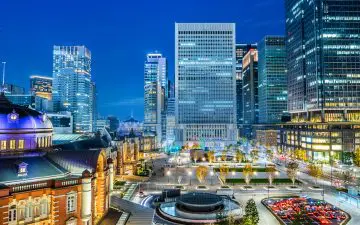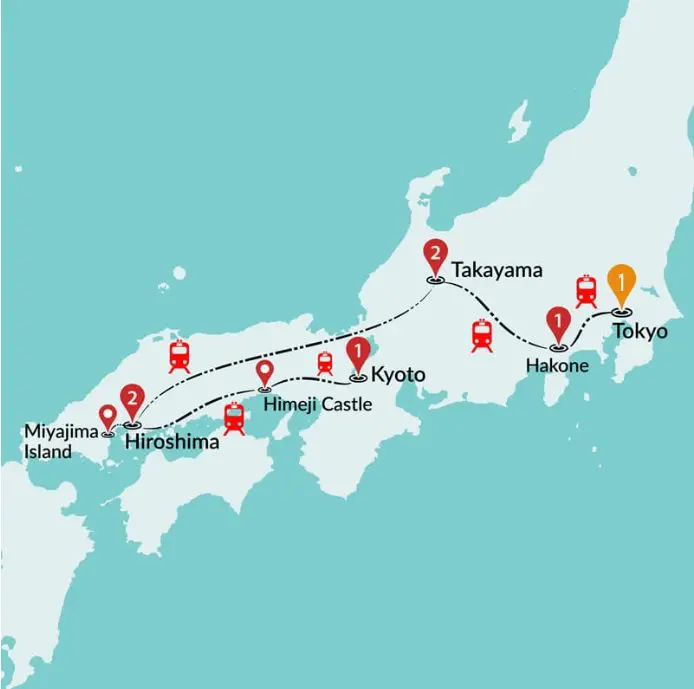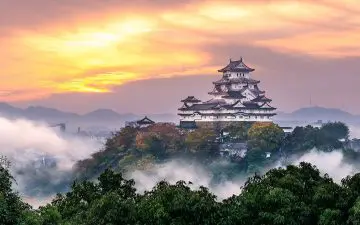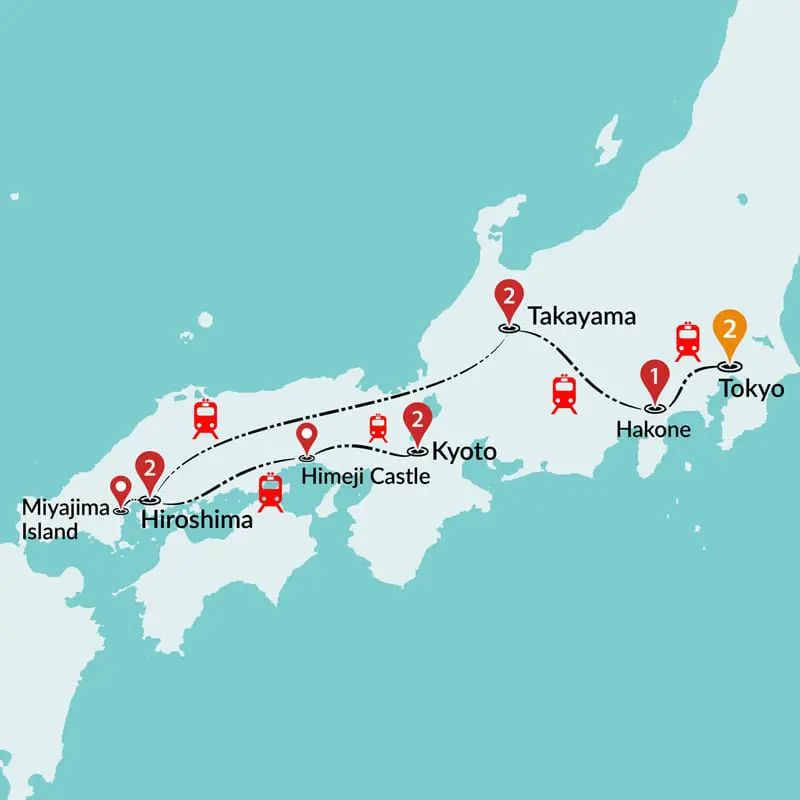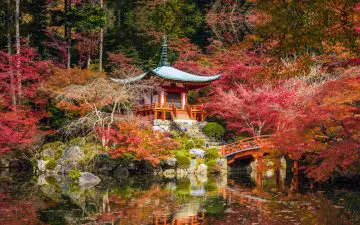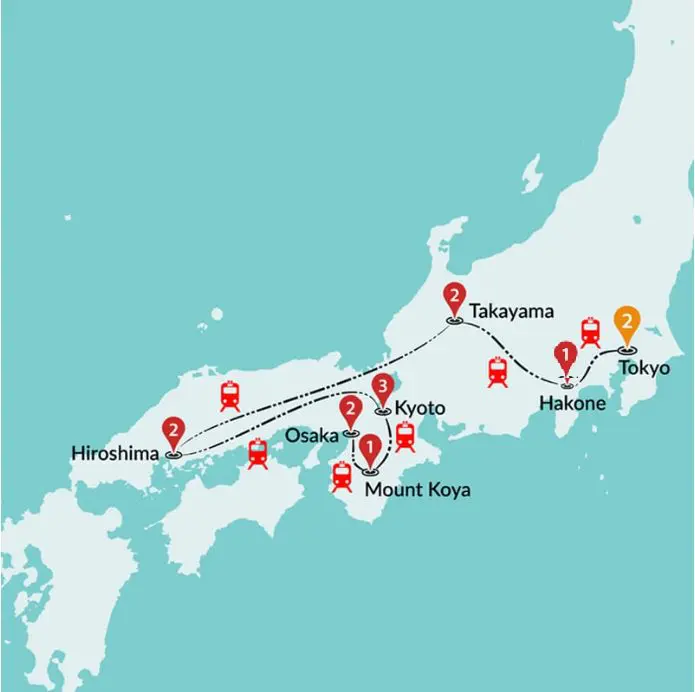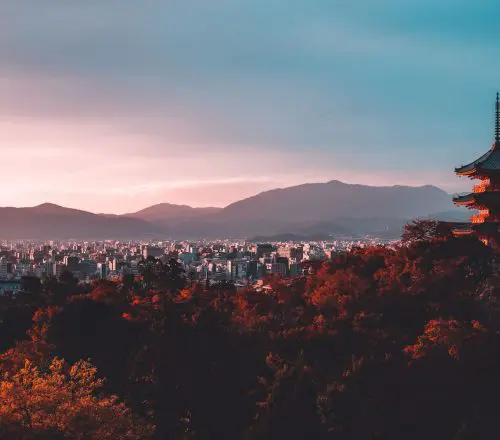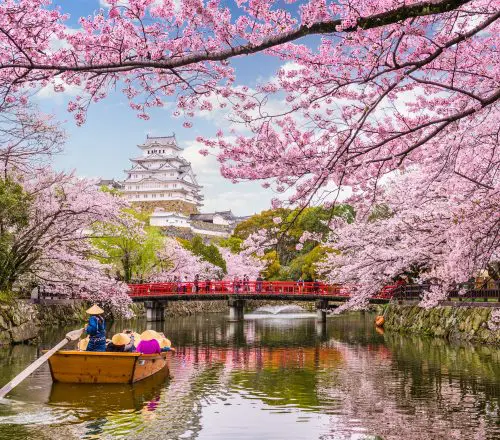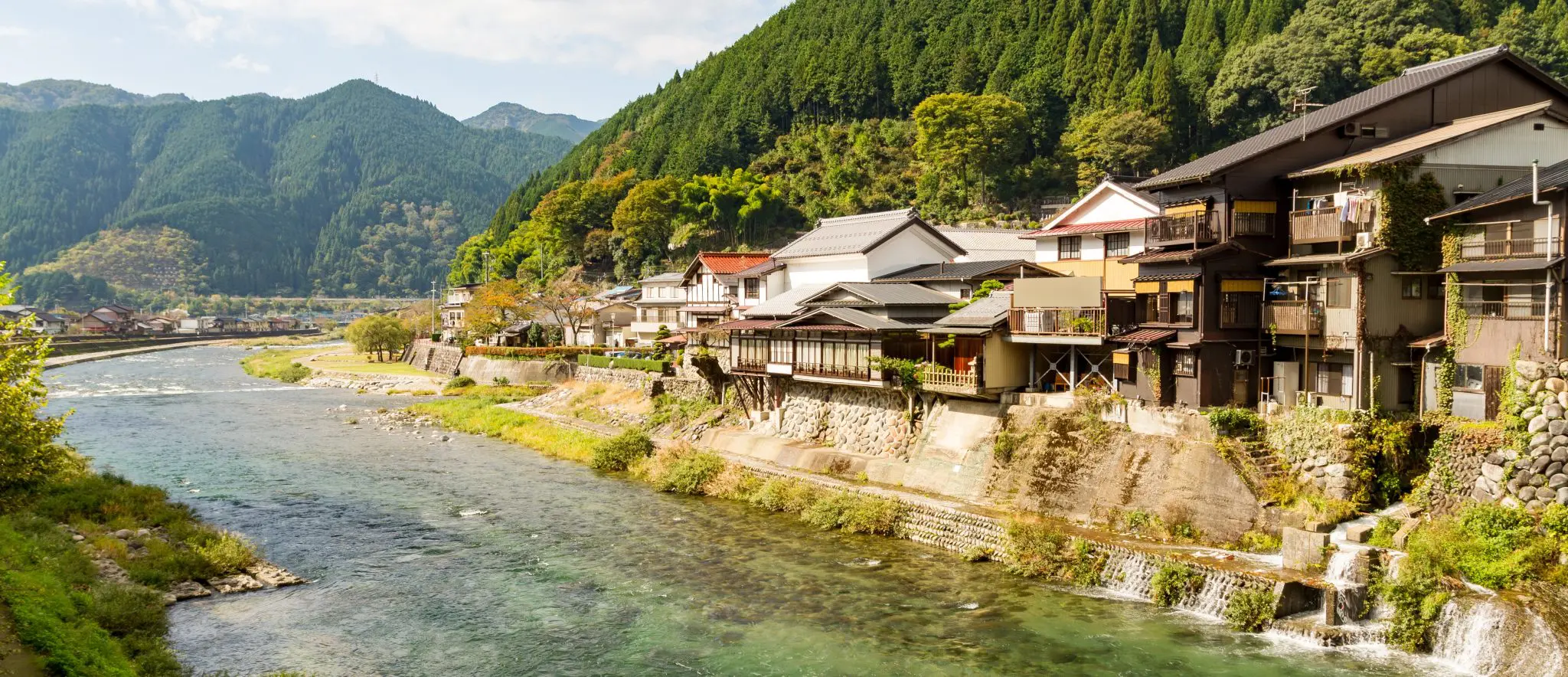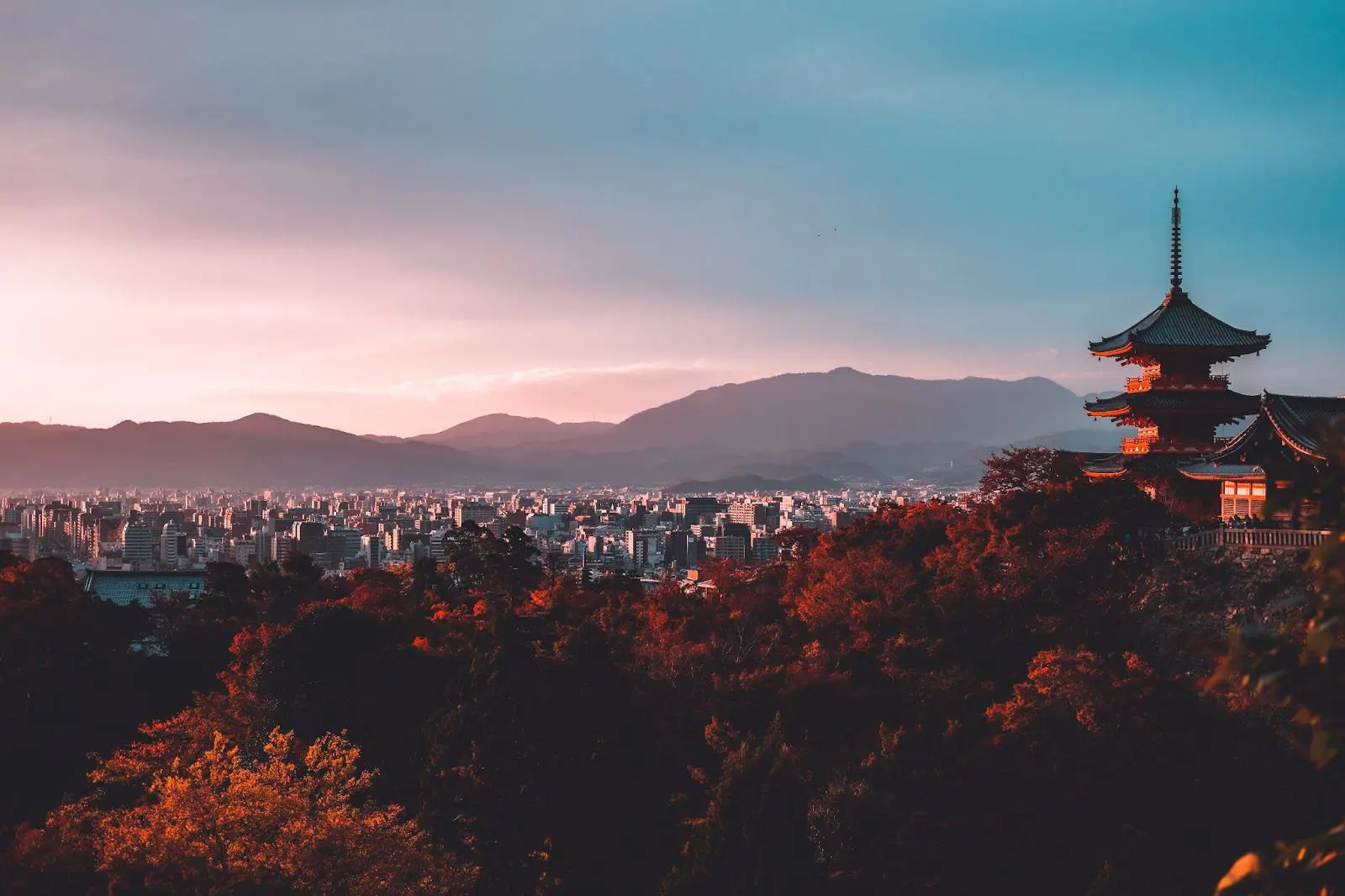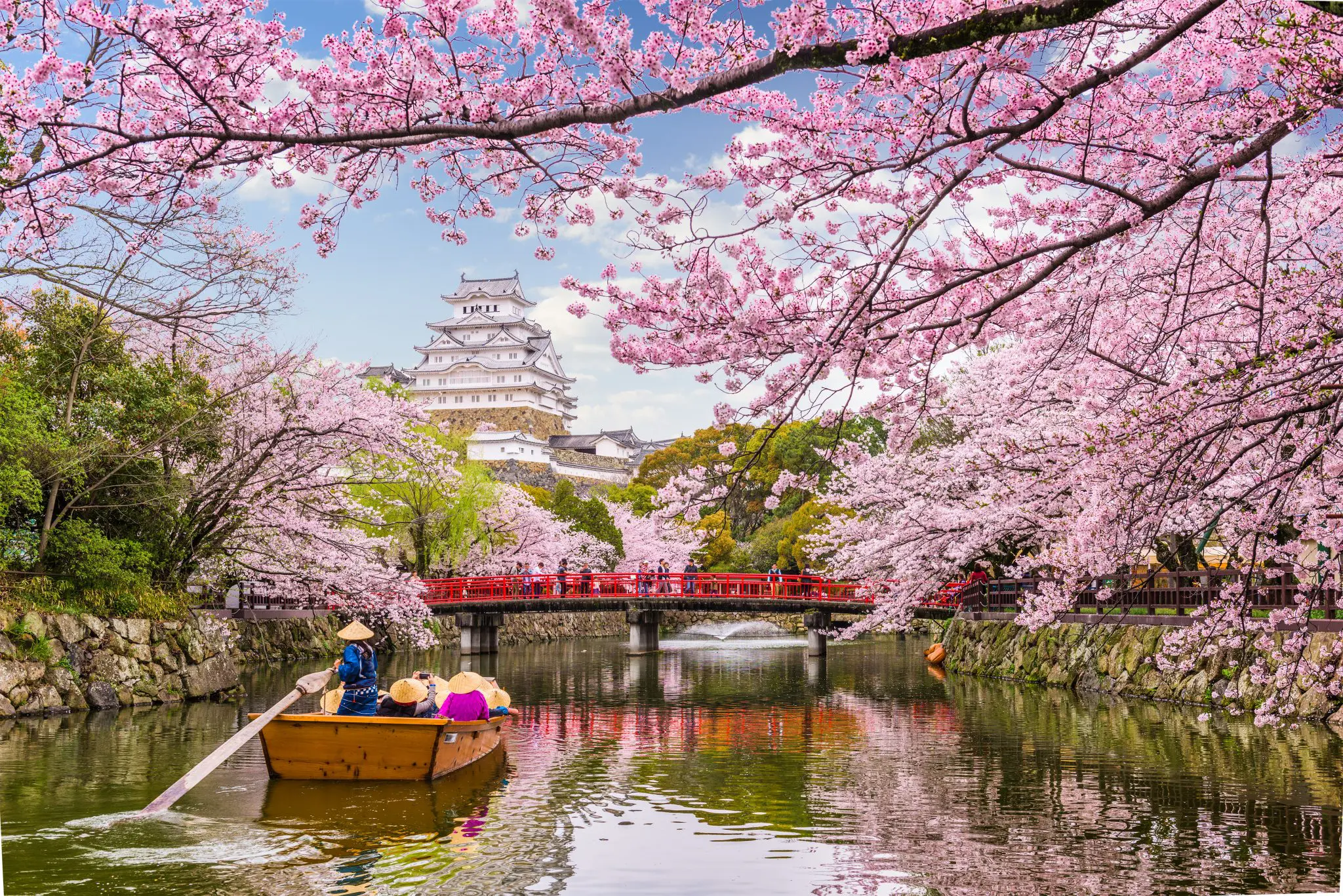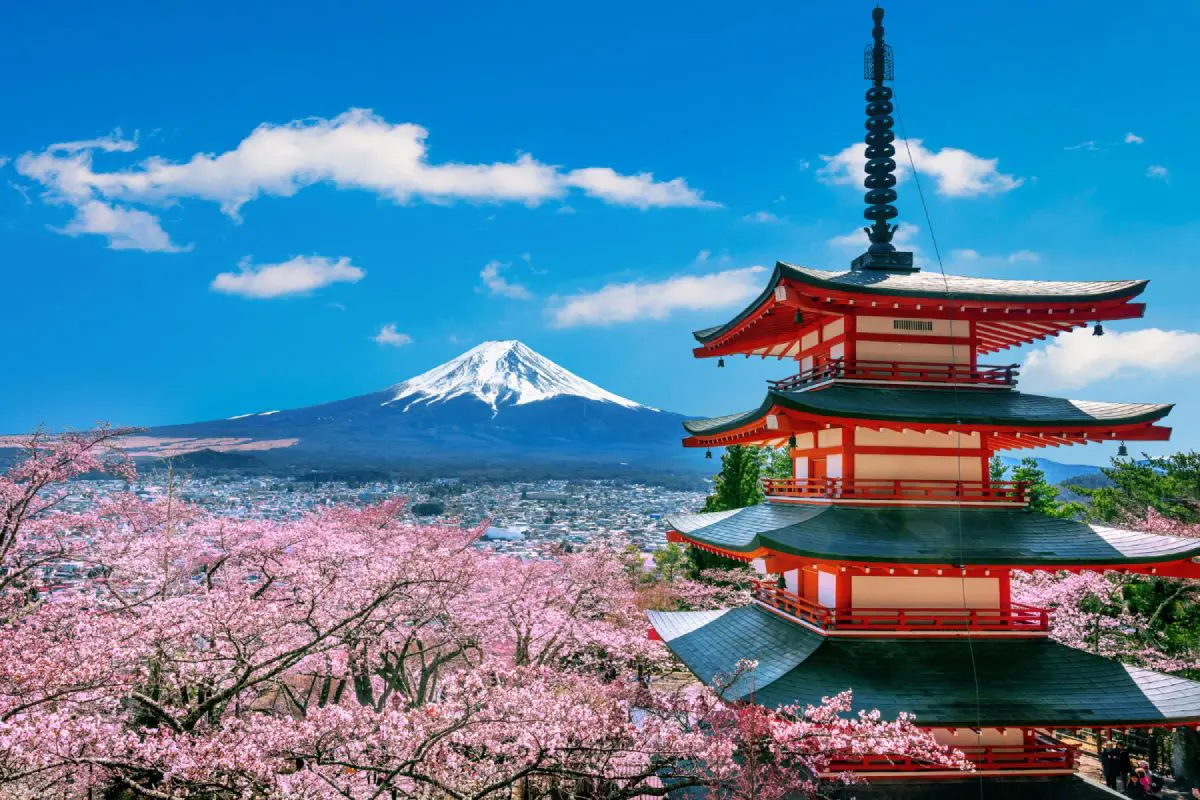Do I need a visa to enter Japan?
Do I need to purchase travel insurance before travelling to Japan?
When is the best time to visit Japan?
Can I drink tap water in Japan?
How much does it cost for a…?
Can I use my mobile/ sim card while in Japan?
Is free Wi-Fi available in Japan?
Are credit cards widely accepted in Japan?
What is ATM access like in Japan?
Do you have solo travelers on your tours?
I am a solo passenger; do I need to pay single supplement?
Can I be roomed with my friends?
Do you arrange flights?
Will my dietary requirements be catered for?
Is there any luggage restriction?
Do I need to tip?
Do I need a visa to enter Japan?
Passengers from Australia, New Zealand, UK, USA and Canada do not require a visa for short stays up to 90 days.
We recommend to have a passport with at least 6 months' validity remaining from months from the day you leave Japan.
This information is provided only as a guidance, we strongly advise that you check with the consulate or embassy as this information can change at any time and with little notice. It is your responsibility to make sure that all the required travel documents are ready when travelling.
Do I need to purchase travel insurance before travelling to Japan?
Yes, all passengers travelling with Travel Talk must have travel insurance before participating in any of our tours. Your guide will collect your travel insurance details on the first day of your trip. It is your responsibility to make sure you have an adequate and suitable travel insurance in place. You may read more about this
here.
When is the best time to visit Japan?
March, April and May are the best months to visit in order to experience the spectacular cherry blossom views.
October & November are also pleasant weather wise.
Summers are hot and humid, and winters are very cold in the country but the best time to travel also depends on your travel plans as the country offers many interesting summer festivals & winter sports/ activities.
Can I drink tap water in Japan?
Tap water in Japan is safe to drink according to international water quality standards. Consider using a reusable water bottle, especially if you are on a longer trip, reduce the use of plastic bottles.
How much does it cost for a…?
The currency in Japan is the Japanese Yen. A few examples of approximate prices (100 YEN = $1):
A can of Coke: 120 Yen
Pizza: 1000 – 2000 Yen
Burger set meal: 700-1000 Yen
Sushi Meal: 2000-8000 Yen
Sandwich: 300 – 500 Yen
Beer: 400 – 1000 Yen
Can I use my mobile/ sim card while in Japan?
Most of the mobile phones are compatible so you will not experience any issues using your mobile device but roaming charges can be quite expensive, so it may be a good idea to buy a local data card instead of using your sim card while in Japan.
Is free Wi-Fi available in Japan?
Wi-Fi is available in most of the hotels & restaurants/ cafes and is, in general, free of charge.
Are credit cards widely accepted in Japan?
It is recommended to have some cash with you when visiting rural areas and for entrance fees.
In major cities, credit cards are widely accepted
What is ATM access like in Japan?
ATMs are commonly available in most towns of Japan.
Do you have solo travelers on your tours?
Solo travellers often join our tours to meet and travel with like-minded adventurers, forming longstanding friendships. We also strive to provide a relaxed and sociable tour experience to allow the group to weld throughout the journey. Solo travellers will be roomed with another solo traveller of the same gender, or can upgrade to a solo room by paying the single supplement.
I am a solo passenger; do I need to pay single supplement?
There are always solo travelers on our tours. If you don’t mind being roomed with another single traveler of the same gender, you do not need to pay the supplement. Single supplement is for travelers who would like to stay in a single room for the duration of their tour.
Can I be roomed with my friends?
Please contact us with your request & we will do our best to arrange your room accordingly.
[email protected] 0208 099 9596
Our tours do not include airfare to/from the destination, and we do not advise on ticket, or sell flights. It is your responsibility to make it to the starting point of your tour on time.
Will my dietary requirements be catered for?
If you provide your dietary requirements at the time of booking, we will do our best to make the necessary arrangements where available. You can leave a comment under the "Notes" section when making an online booking or simply contact us. Please note that gluten-free & vegan options can be limited.
Is there any luggage restriction?
Good news, there is not any luggage restriction on our tours as long as you’re able to carry your own luggage - usually just for a very short distance.
There is no tipping culture in Japan and this action can be taken as an insult so try to avoid it while you are there!
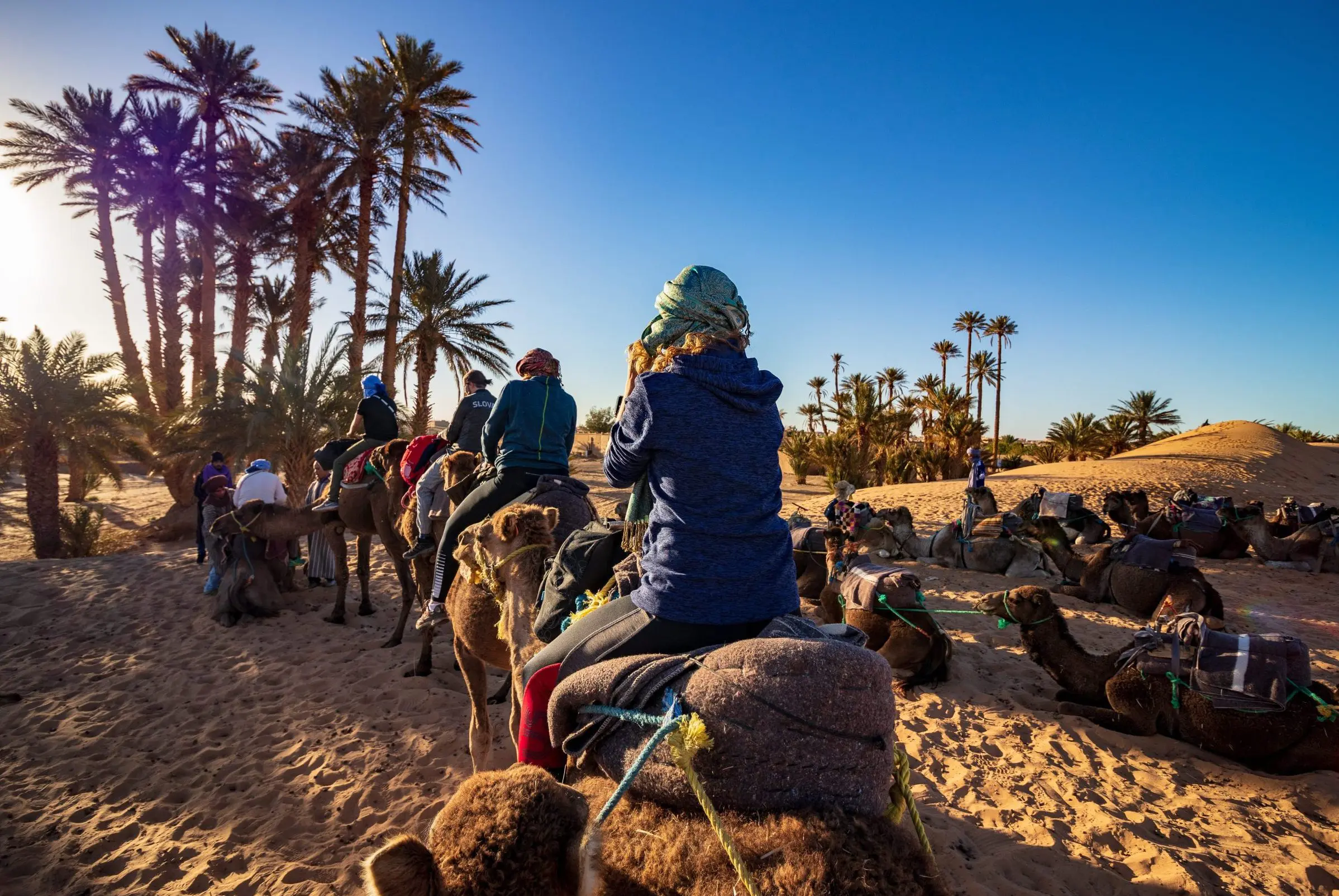 Summer Sale: 45% Off
Summer Sale: 45% Off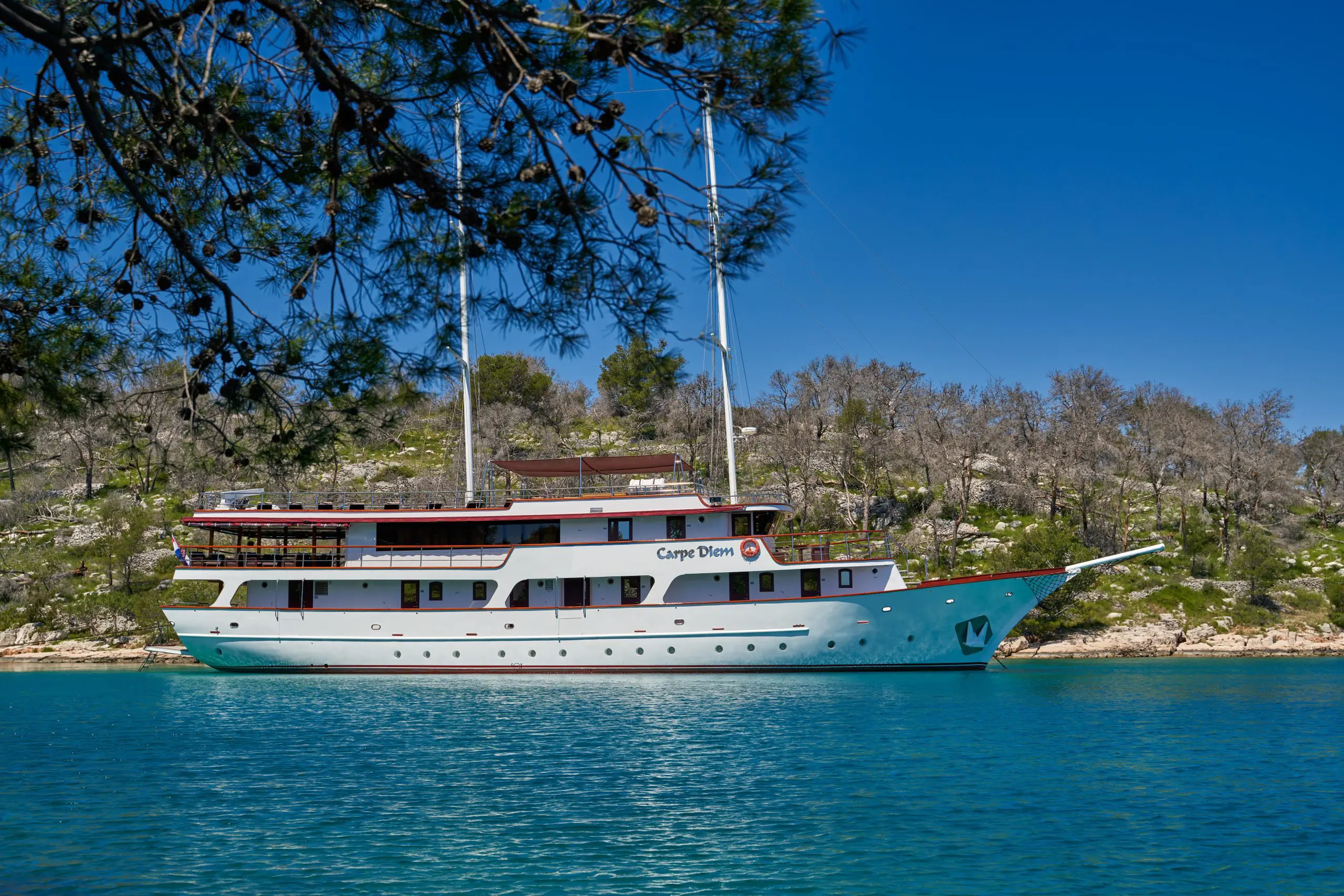 Croatia Sailing : 45% Off
Croatia Sailing : 45% Off Greece Trips : Save 45%
Greece Trips : Save 45%  Central & Eastern Europe Tours: 45% Off
Central & Eastern Europe Tours: 45% Off  Why Travel Talk
Why Travel Talk Travel Talk Blog
Travel Talk Blog Responsible Travel
Responsible Travel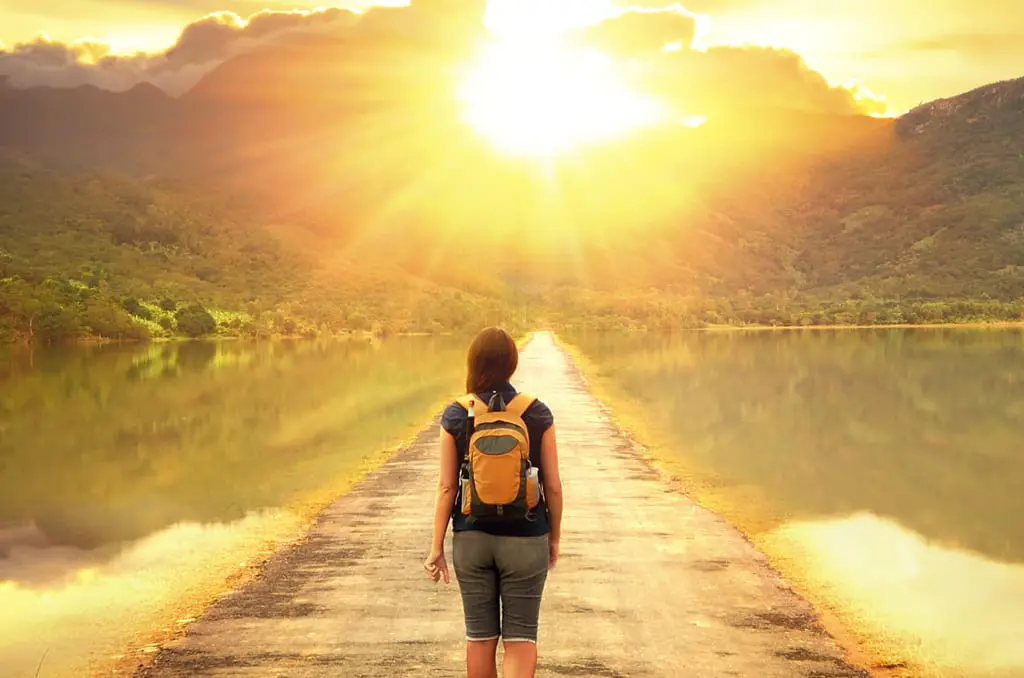 Fair Travels with Travel Talk
Fair Travels with Travel Talk